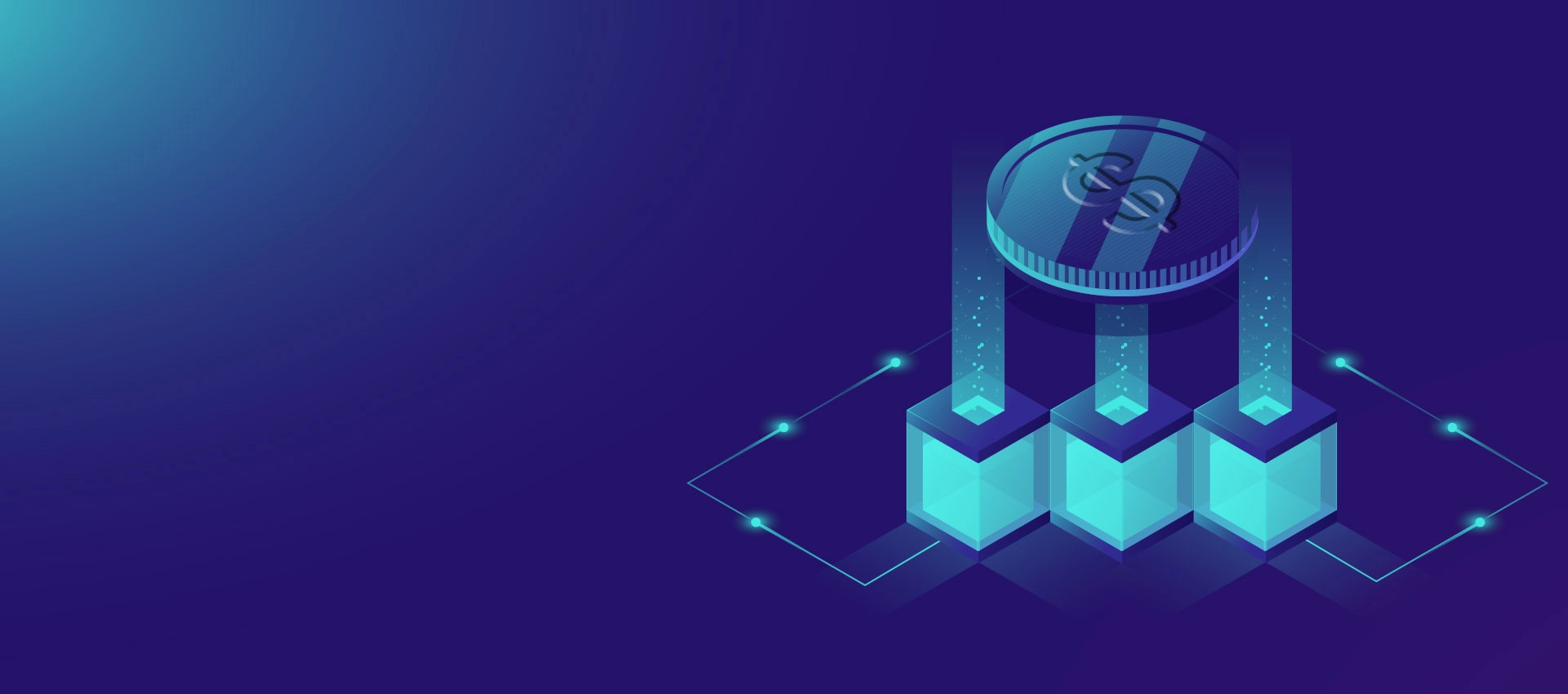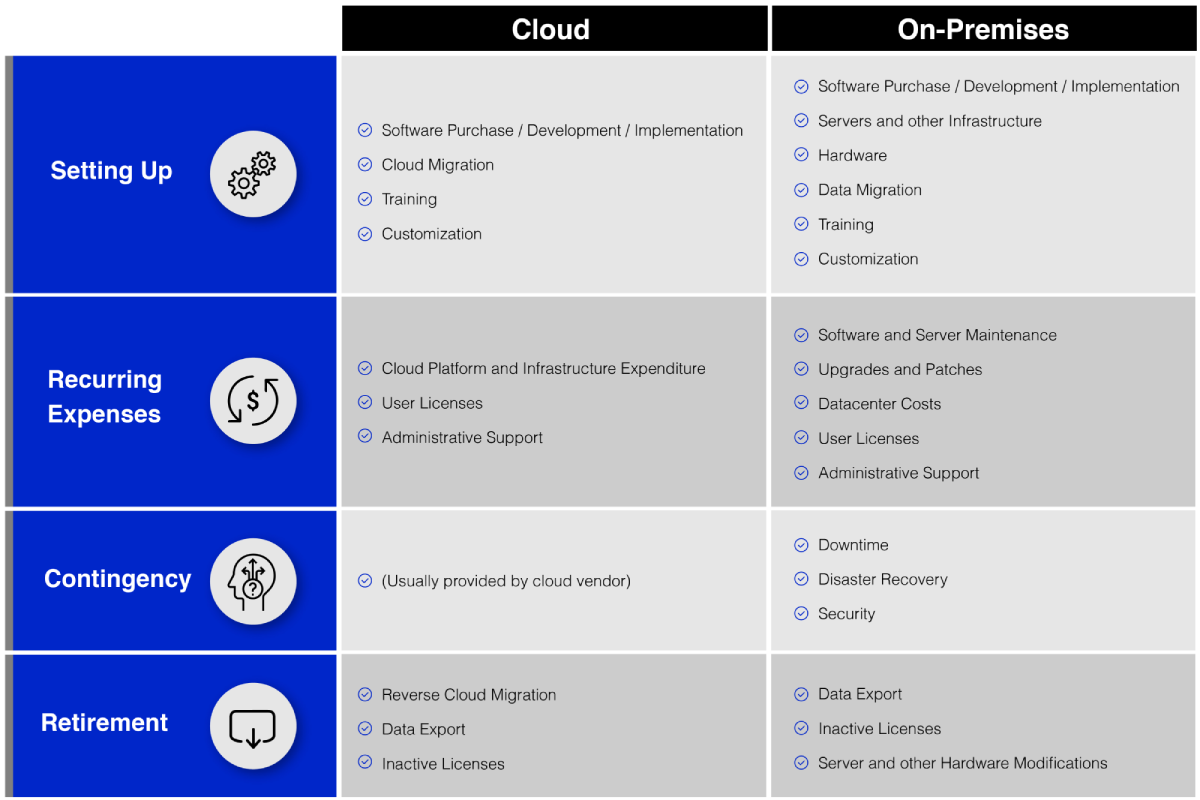As cloud computing continues to grow in stature, its winners have been iterated time and again as savings in cost, time, and efforts, with the three being closely linked. If we zoom into the costs, it becomes transparent that we cannot merely judge the benefits of cloud by looking at the prices of cloud software or the cost of developing cloud-native software to the prices of on-premises applications. That would be a superficial comparison not yielding all the answers one is looking for.
Understanding and analyzing the Total Cost of Ownership (TCO) delves into the costs involved in every component of the ecosystem that needs to be set into place for a set period of time, so that you can operate a certain application or implement any system for your organization. Only so careful an investigation can reveal the true Return on Investment (ROI) that you can get out of any decision that you make.
Why TCO?
The best way I can think of to explain TCO is the analogy of a television channel. Say you subscribe to channels X, Y, and Z, and that is all the content that you watch on your TV. The average cost of subscribing to a channel may not exceed, say ₹20 (27¢) a month. However, that is not all that you need to be able to watch the programs relayed on those channels. You need to buy a television, avail a cable connection, and get it fitted into your house. After that, you need to pay for the electricity necessary to run your TV, and account for any repair or maintenance costs that may arise. It is evident that the cost of viewing those channels is not limited to the monthly subscription cost, but also many of the dependencies that need to be availed. Similarly, for any application, the cost of operating depends on many other expenses like the staff you need to manage it, hardware costs, and a multitude of other services that you may require to keep the ship sailing.
When looking at the long-term, the cost of running and managing an application can almost look alien to the price that it was first availed at. Forecasting your organization’s requirements in the future and if the application of your choice will have been worth it is essential to knowing how good a decision it would be to purchase it. What can have a greater initial expense today can turn out to be the cheaper option over a few years. As such, keeping tabs on the TCO for the various options you have is necessary, as your costs and requirements could change over a matter of a few months or a year. It is better to make proactive decisions and changes, rather than have to go back to the drawing board when it becomes evident that your present systems cannot offer you everything your organization needs, by when you will be forced into making a decision that will be cumbersome.
Breaking Down the Cloud TCO Components
According to the needs and complexities of your organization, the factors that contribute to your TCO will vary, but the usual factors that contribute to the TCO for cloud and legacy applications can be charted out as in the table below. Of course, the specifics change based on whether you avail a third-party software, or build something in-house, or require any additional services. Overall, though, these are the major costs involved.
It is evident that the costs and the manner in which they are incurred differ for the cloud and on-premises applications. Of course, there are many costs you can save when moving to the cloud, as your expenses relating to building and managing a datacenter and the responsibility of keeping the system up and running have now been shifted to the cloud vendor. A move to the cloud has a one-time migration cost and a recurring expense for the services availed, but this cost pales in comparison to that of on-premises infrastructure when considering the long-run. As such, TCO analysis would reveal that your cloud ROI increases as time passes.
What Can TCO Analysis Tell You: Optimize and Modernize
While the comprehensive nature of TCO has evidently made it a better tool than purchase price, how can it be used to determine the right decisions your organization can make? It so turns out, that even fairly small differences in TCO while operating at a large scale can contribute directly to your organization’s bottom line. For instance, let us look at expenses that are exclusive to on-premises or cloud offerings. By moving to the cloud, one can save on server purchase and maintenance costs, software upgrades, and various contingency costs. Say, over a period of 10 years, this amounts to $1,000,000. If we consider the costs pertaining to cloud, which might be $200,000 for migration and $300,000 in OpEx over the 10 years, you stand to save $500,000 in total, even when not accounting for some of the newer technologies and systems that cloud computing can facilitate. If we add a factor like wanting to reduce the number of users sometime in the future, the greater downward flexibility of cloud allows you to save much more.
Simultaneously, TCO analysis can also reveal whether the operating model you have in place currently is viable and efficient. Even on the cloud, it is important to keep track of your cloud spend, as lack of adequate planning can make your cloud spend spiral out of control, thus inflating your cloud TCO. That is where we come in. Cloud4C possesses vast expertise in enabling organizations to extract the maximum ROI from the cloud with tailor made solutions that fit your needs and account for all the complexities and challenges that your organization faces. With our cloud experts, make the most of the move to the cloud. Migrate and modernize assets on any cloud platform of choice at maximum ROI.
To know more about optimizing your cloud costs, see here.







